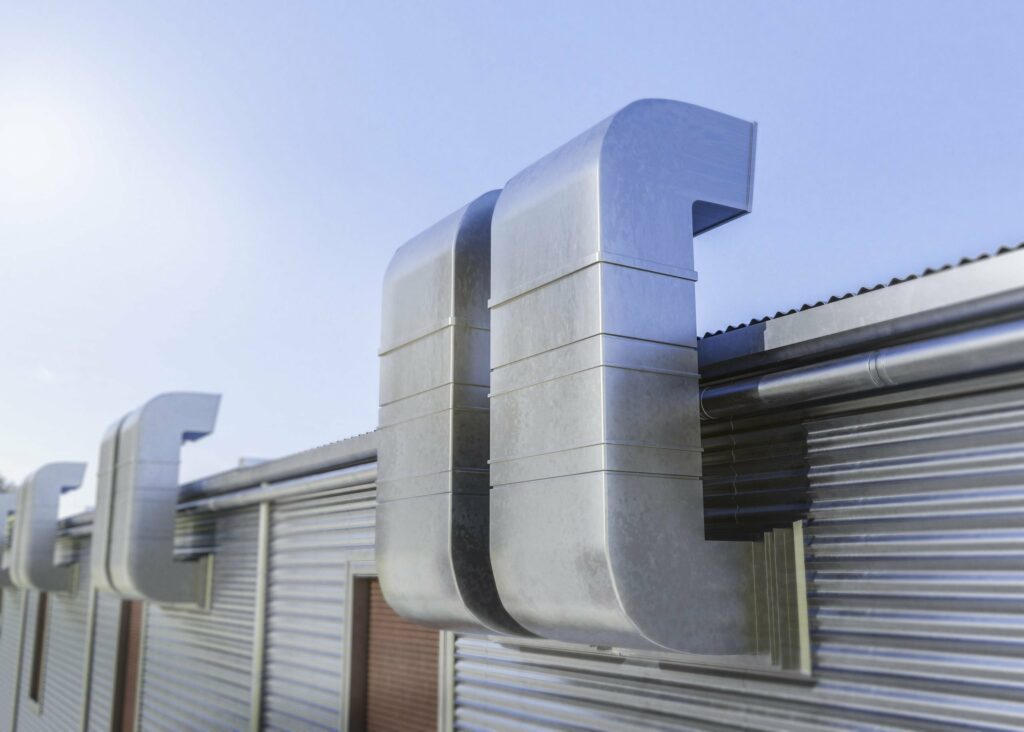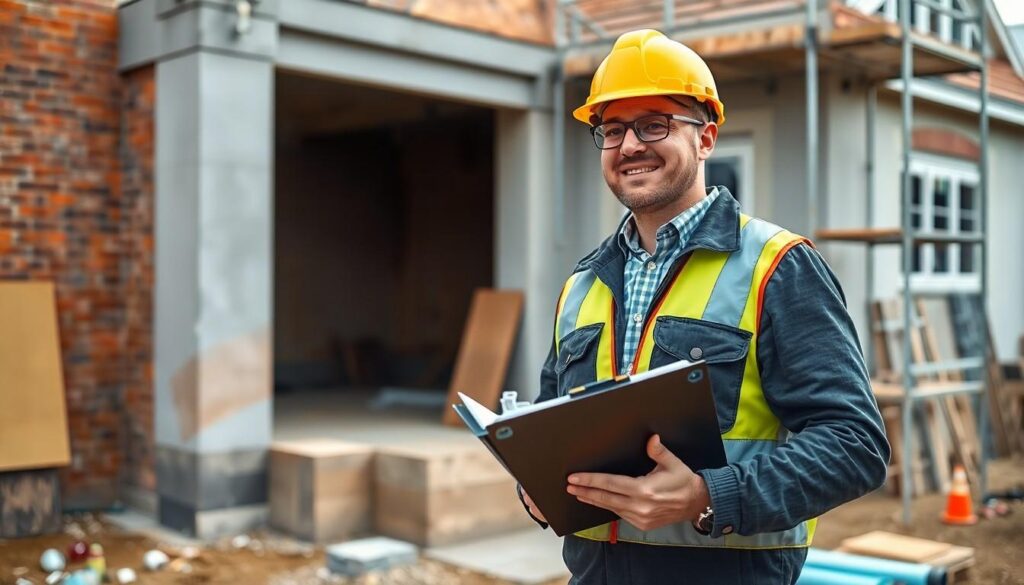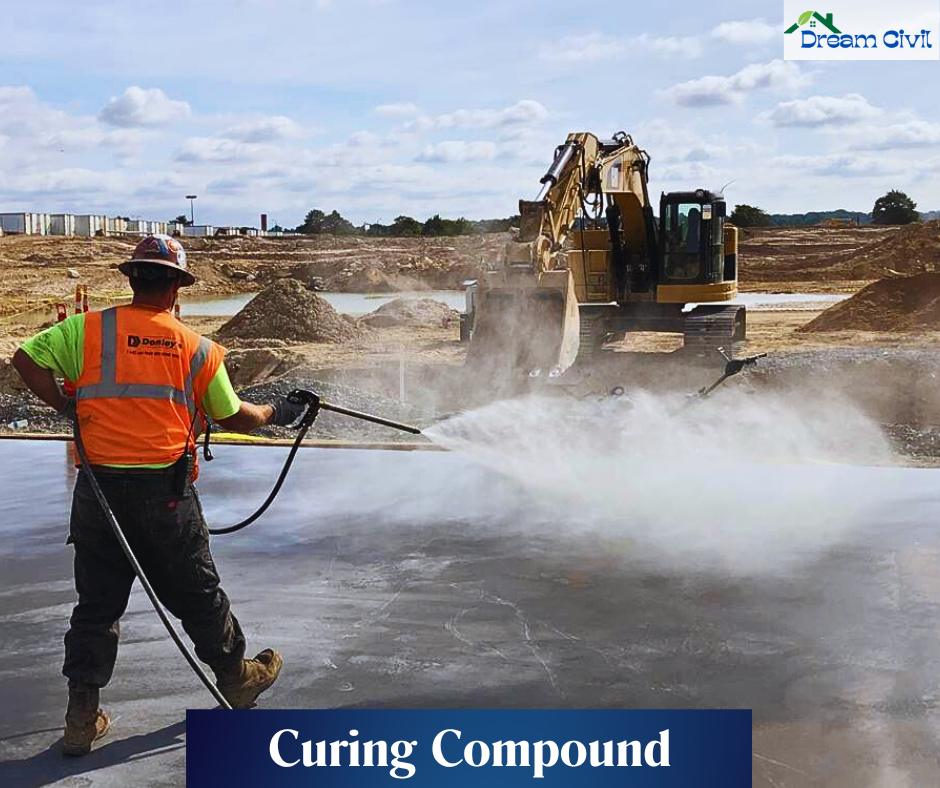Ensuring Indoor Air Quality: Ventilation and Air Filtration in MEP Design

This post was originally published on this site

Indoor air quality (IAQ) has a significant impact on occupants’ health, comfort, and productivity within a building. Proper ventilation and effective air filtration are crucial components of MEP (Mechanical, Electrical, and Plumbing) design that play a pivotal role in maintaining a healthy and comfortable indoor environment. In this article, we will delve into the importance of IAQ, explore the principles of ventilation and air filtration in MEP design, and highlight best practices to ensure optimal indoor air quality.
The Significance of Indoor Air Quality
Indoor air quality directly affects the well-being of building occupants. Poor IAQ can lead to various health issues, such as respiratory problems, allergies, and even chronic illnesses. Additionally, inadequate ventilation can contribute to the accumulation of pollutants, including volatile organic compounds (VOCs), carbon dioxide (CO2), and airborne particles, which can degrade IAQ over time.
Principles of Ventilation in MEP Design
- Fresh Air Supply: Adequate ventilation involves supplying a consistent flow of fresh outdoor air into the building to dilute and remove indoor pollutants. This is typically achieved through a combination of natural and mechanical ventilation systems.
- Air Distribution: Proper distribution of fresh air throughout the building is essential. MEP engineers carefully design the layout of air distribution systems, including ductwork and diffusers, to ensure uniform air circulation and prevent areas of stagnant air.
- Exhaust Systems: In addition to supplying fresh air, effective exhaust systems are essential to expel stale air, moisture, and pollutants from spaces like kitchens, bathrooms, and workshops. These systems help maintain balanced air pressure and prevent negative impacts on IAQ.
Air Filtration Strategies
- Particulate Filtration: Airborne particles, including dust, pollen, and allergens, can be effectively captured using various types of air filters. High-efficiency particulate air (HEPA) filters are particularly effective in removing particles as small as 0.3 micrometers.
- Gas Phase Filtration: Gas-phase filters are designed to remove specific gases and odors from the air. Activated carbon filters are commonly used to adsorb VOCs and other volatile contaminants.
- UV-C Air Purification: Ultraviolet (UV) germicidal irradiation systems use UV-C light to disinfect and neutralize biological contaminants such as bacteria, viruses, and mold spores. These systems can be integrated into HVAC systems to improve air quality.
Best Practices for Optimal IAQ
- System Maintenance: Regular maintenance of ventilation systems is crucial to ensure their efficiency and effectiveness. Filters should be replaced or cleaned according to manufacturer recommendations to prevent clogs and maintain proper airflow.
- Airflow Monitoring: Installing sensors to monitor indoor CO2 levels can indicate whether ventilation rates are sufficient. Elevated CO2 levels suggest inadequate ventilation and may prompt the need for adjustments.
- Humidity Control: Controlling indoor humidity levels is essential for preventing mold growth and maintaining IAQ. MEP design should incorporate systems like dehumidifiers to regulate moisture.
- Outdoor Air Quality Consideration: The quality of outdoor air can significantly impact indoor air quality. MEP designers should consider the building’s location and potential outdoor pollutants when designing ventilation systems.
Conclusion
Ensuring indoor air quality through effective ventilation and air filtration is a critical aspect of MEP design in modern building construction. With the ever-increasing focus on health and well-being, creating a comfortable and healthy indoor environment has become a priority. By implementing proper ventilation strategies, incorporating advanced air filtration technologies, and adhering to best practices, MEP professionals can contribute to improved indoor air quality and the overall quality of life for building occupants. As the field of MEP design continues to evolve, the pursuit of optimal indoor air quality remains paramount.




Responses